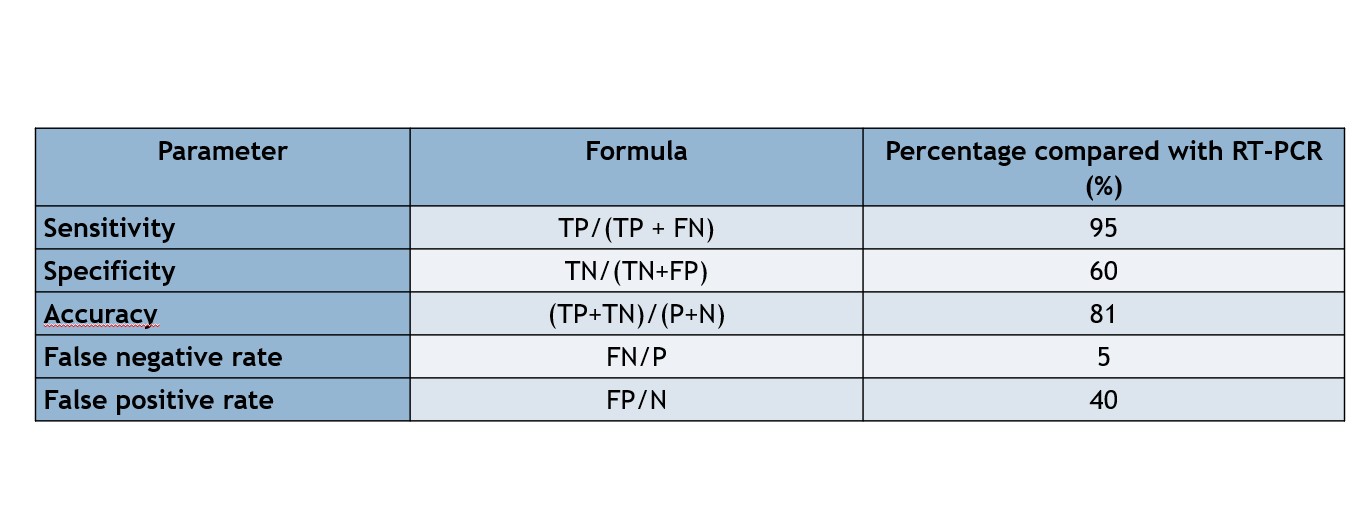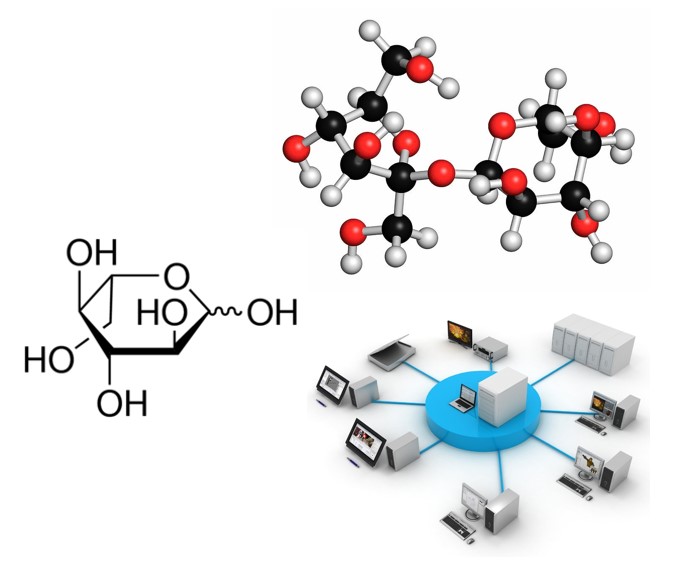RAPID VIRAL DETECTION NANOSYSTEM
The developed nanosensor consists of highly activated 2D carbonic nanoflakes coupled with a metal peak intensifier, with fantastic sensitivity for detecting pathogenic viruses. It can detect viruses through the active chains of their glycoproteins, relying on the electrochemical approach it can ascertain the presence of target pathogenic viruses in 1 minute only!
Swab, saliva and blood can be used for the detection of SARS-CoV-2, with a limit of 1.68×10-22 µg.mL-1; but not only that, as it can detect several viruses at the same time and measure the virus population by an accurate calibration curve.


How does it work?
The system is very easy to use in 5 steps:
- First we activate the working electrode of the screen-printed electrodes with the activating nanomaterials
- Then we completely prepare the electrode and apply it to the device
- Then we directly add 100 µL of buffer sample, blood or saliva on it
- Then we perform DPV analysis of the device Now we can
- Now we can get the result after 1 minute!
The sensor has 100% sensitivity and 85% specificity at the cutoff point of 0.2185 µA, but the sensitivity will decrease; this shows that the sensor could be a fast screening platform or diagnostic kit for safe detection of people with COVID-19.
How to configure
We first provide pure virus antigen with a known concentration; then, piggyback several dilutions of the virus into the buffer to obtain its unique electrochemical peak. Considering it as a positive control, the intensity of the peak corresponds to the virus concentration in the medium.
RT-PCR COMPARISON
Note that RT-PCR shows too many false negatives (between 30 and 60% depending on kit quality, extraction and sampling quality) and because of this the specificity of the nanosensor is 60% compared to RT-PCR due to the higher sensitivity and better detection limit of the nanosensor because the nanosensor detects more infected people.

ADVANTAGES
- Rapid detection of pathogenic viruses calibrated on the device based on the applied step potential -1 min
- Very high sensitivity in virus detection
- Very high accuracy
- Sensitivity and/or specificity adjustable according to request (via ROC curve)
- No sample extraction required
- Easy evaluation method
- Simultaneous detection of several viruses
- Detection of sick people in the silent phase of the disease
- Detection of both animal and human viruses
- Rapid device calibration on newly generated or mutated viruses


TECHNOLOGICAL DEVELOPMENTS
- Insulin measurement
- Peptide detection
- Detection of cancer cells
- Detection of various viruses
- Fingerprints to be uploaded to the device for multiple virus detection
- Cloud-like structure for sharing information globally
DETECTION OF UNKNOWN ANOMALIES
A next application, at airports and train stations, is to detect anomalies, which may be the source of the next pandemic, so it is extremely important to detect any possible and even unknown anomalies; checking that the measured footprint is not included in any global database, in 30 seconds.

